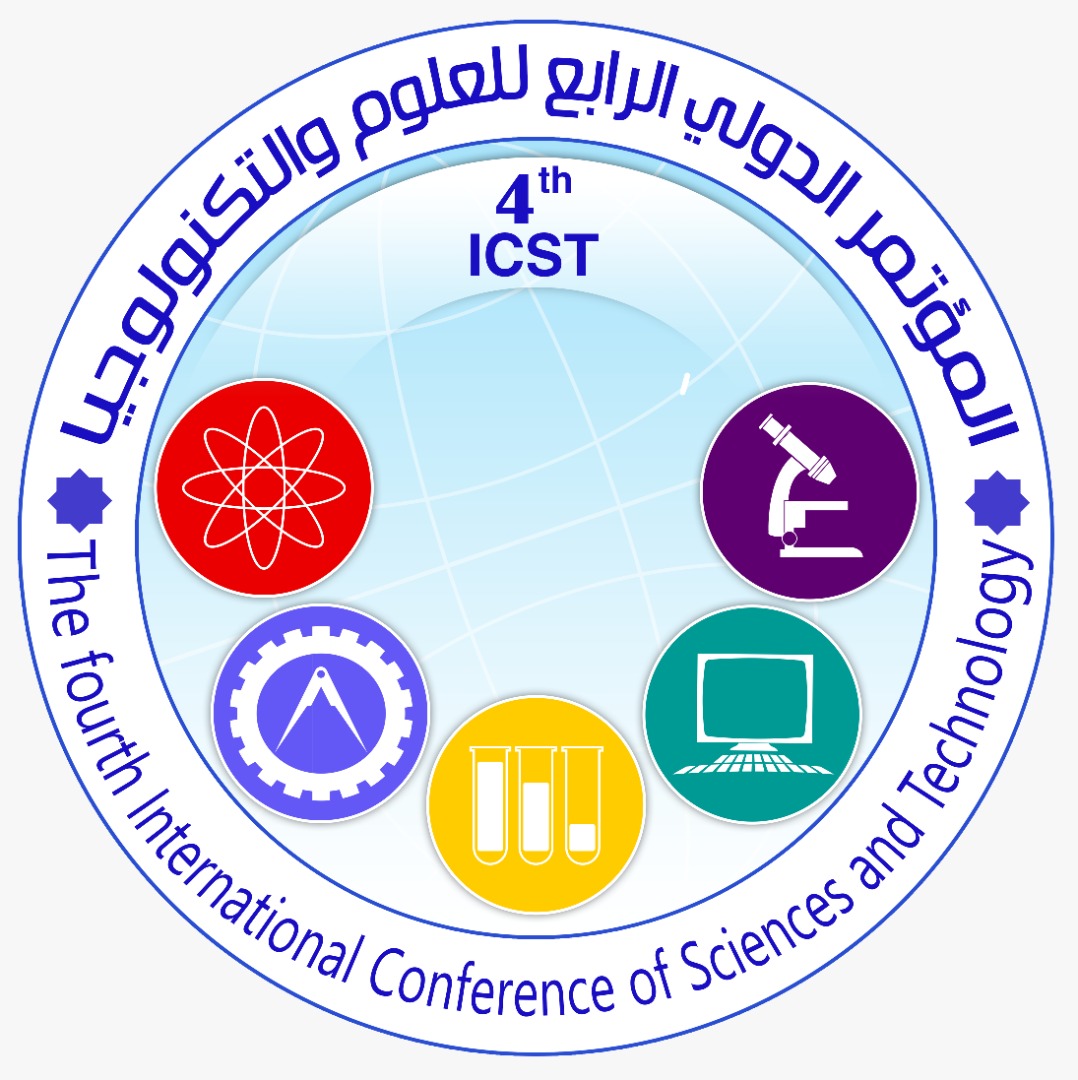Evaluation and Classification of Groundwater quality for suitability of Drinking and irrigation Purposes: A case Study in the Zamzam Region.
Abstract
Given This study has been conducted in December 2019 to find out the suitability of groundwater in the Wadi Zamzam area for drinking and irrigation according to the most common classification systems. Water samples were collecting from eight wells and analyzed determine the physical and chemical properties. Various water character indices like , electrical conductivity (EC) , total dissolved solids (TDS), total hardness( TH) , sodium adsorption ratio( SAR) potential of hydrogen ( PH)percent sodium (Na%) magnesium hazard ratio (Mg %) ,residual sodium carbonate (RSC) and potential salinity (PS) have been calculated for each water sample to identify the irrigation suitability standard .
The results showed that the water are unsuitable for drinking use since all values were higher than the parameters limited of world health organization .On the basis of TH , all the samples are within the range of very hard ,While TDS , moderate to extreme saline . The results also showed that the samples of wells 5, 6, 8are located within C3-S1 while the rest of samples are located within C4S1 according to USDA .Either, all samples have high impact on sensitive crops based on chlorine toxicity. Finally, there is no alkali risk in all samples of wells based on Eaton classification (1950).
Authors
Copyright (c) 2021 Journal of Pure & Applied Sciences

This work is licensed under a Creative Commons Attribution 4.0 International License.
In a brief statement, the rights relate to the publication and distribution of research published in the journal of the University of Sebha where authors who have published their articles in the journal of the university of Sebha should how they can use or distribute their articles. They reserve all their rights to the published works, such as (but not limited to) the following rights:
- Copyright and other property rights related to the article, such as patent rights.
- Research published in the journal of the University of Sebha and used in its future works, including lectures and books, the right to reproduce articles for their own purposes, and the right to self-archive their articles.
- The right to enter a separate article, or for a non-exclusive distribution of their article with an acknowledgment of its initial publication in the journal of Sebha University.
Privacy Statement The names and e-mail addresses entered on the Sabha University Journal site will be used for the aforementioned purposes only and for which they were used.





